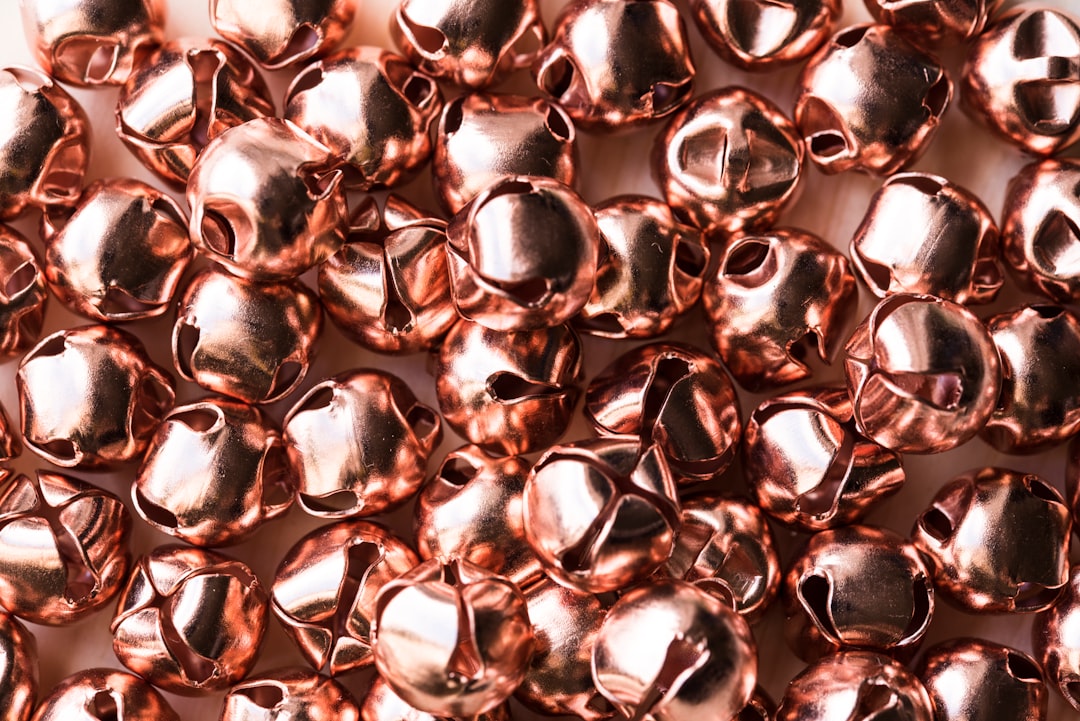What is it about?
Development of idiosyncratic microstructure as a result of laser beam welding (LBW), and joint efficiency along with fatigue behaviour was investigated in an aluminium-lithium alloy. In this experiment rolled sheet of 2 mm thickness was used to fabricate butt joints via LBW technique. Five selected joints were analysed to observe the microstructural changes, mechanical and fatigue properties, and fracture mechanisms in the weld zone. Tensile test results showed that the LBW joints exhibited ∼21-30% reduction in UTS. However, a delayed fatigue crack initiation was observed inside the weld fusion zone, which was attributed to the freshly developed unique microstructure. A transgranular fatigue was detected in the near-threshold region, whereas, ductile striations during stage II, and intergranular dimpled fracture in the final stage. A fairly good fatigue life of the laser beam weld could be credited to the unique microstructural arrangement inside the fusion zone.
Featured Image
Why is it important?
Laser beam welding of Al-Li alloy was studied.
Perspectives
Laser beam welding is the advanced technique to get low weight and high strength joints.
Naveed Akhtar
Beihang University
Read the Original
This page is a summary of: Laser welding effects on mechanical and fatigue properties of an Al-Cu-Li-Mg-Ag alloy, International Journal of Microstructure and Materials Properties, January 2015, Inderscience Publishers,
DOI: 10.1504/ijmmp.2015.074993.
You can read the full text:
Contributors
The following have contributed to this page










